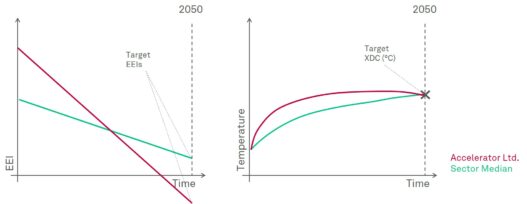Ever since the Climate Summit held in the French capital in 2015 and the ground-breaking commitment from over 190 countries to keep global warming to ‘well below 2°C’ above pre-industrial levels, the joint focus for governments and economies across the globe has been clear: destination Paris.
However, just as it is in traveling, different roads may lead to the same destination. And a path that is easy to navigate for one may be a real challenge for another, depending on their starting conditions, which in this example could be sturdy walking shoes or a train ticket. To understand the following approaches, it helps to keep this simple analogy in mind.












